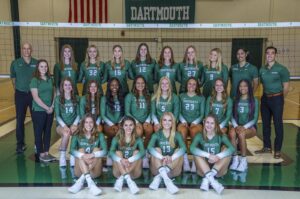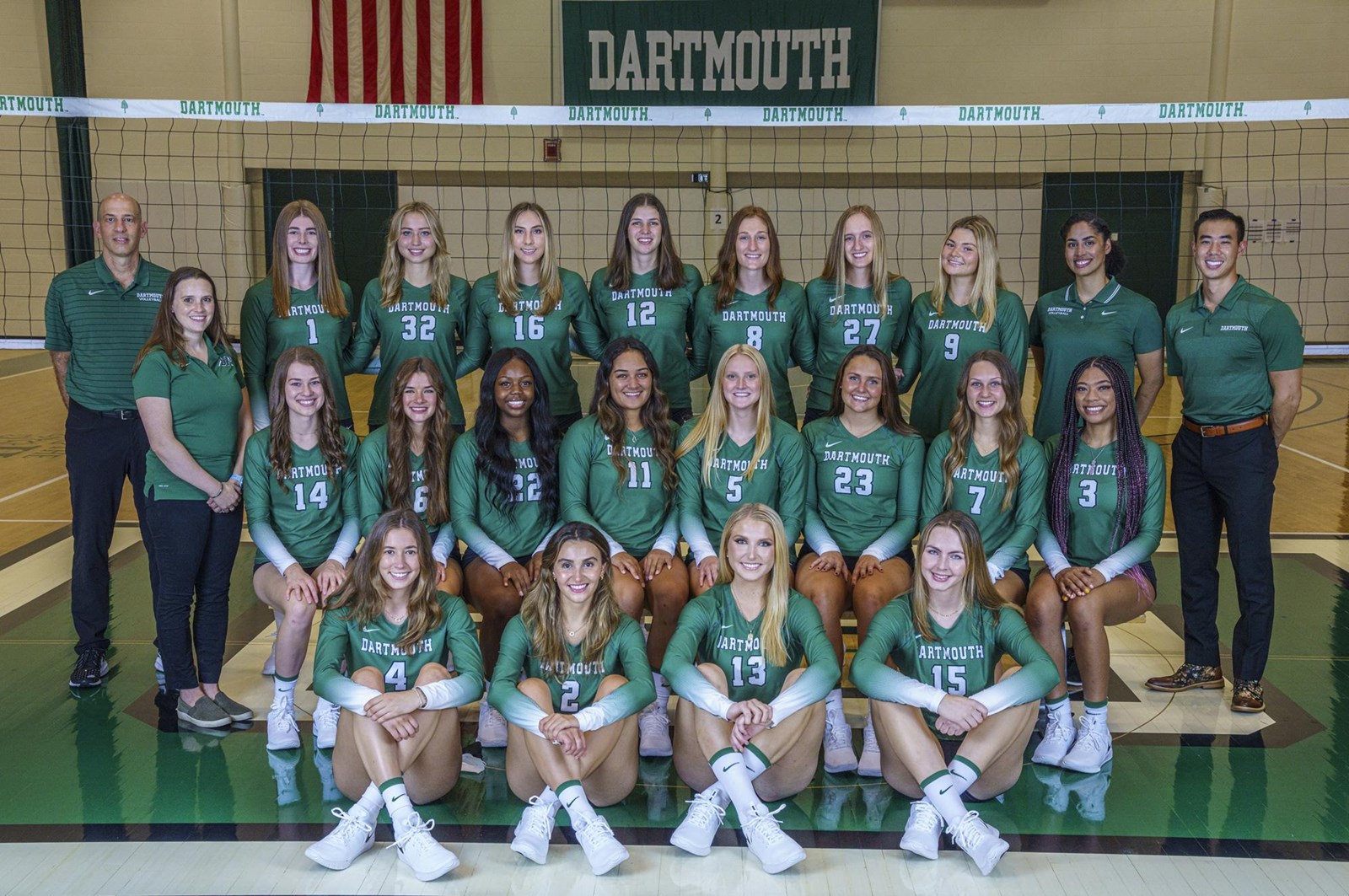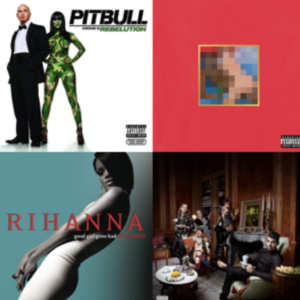Many collegiate tournaments and regularly scheduled athletics games have been canceled due to the COVID-19 pandemic in the last year and a half and athletes have lost precious time of eligibility to participate in collegiate sports.
Fortunately for current college athletes, the National Collegiate Athletic Association (NCAA) has created an extension policy that gives student athletes another year to complete their college athletics career. This extension has positive effects such as allowing collegiate athletes to make up time playing sports lost because of the pandemic. However, it also creates some disparities within the league because the schools that have the resources to keep graduating seniors in addition to bringing on incoming freshman athletes have an unfair competitive edge on schools that cannot afford to have as many players on scholarship.
For Natalie Tuck, a former member of the University of California, Berkeley Women’s Swim Team who graduated in 2021, the pandemic resulted in the loss of most of her junior year season.
Tuck described the impact of the pandemic on her collegiate swimming career, “There was definitely a span of maybe four months when I did not touch the water, which was the longest I’ve ever not swam. And the same went for everyone else.”
Tuck is not alone in having lost such a significant portion of her collegiate athletics career. In response to this issue an extension policy was created by the NCAA to allow collegiate athletes to make up for lost playing time. Prior to the pandemic, student athletes were given five years to complete four seasons of play. This new policy allows players whose seasons were affected by the pandemic a sixth year to complete four seasons of competition, if they postpone their graduation or enroll in a graduate school program. This extra year can be used either at the same school that the student completed their undergraduate education or a different school.
Player eligibility for this extension varies by division; some divisions only allow this extension for certain seasons of sports, or only teams that had a minimum percentage of their scheduled games cancelled. Each individual school has the agency to make the final call as to whether they will choose to adopt this policy or not.
While UC Berkeley made the extension policy available to its student athletes, Tuck did not utilize this extension because she already had plans for after graduation by the time it was announced. However, she was very appreciative of the NCAA offering it to players and said she would have considered it more if it had been announced earlier.
“I know a couple of my teammates really took advantage of (the extension) and are loving that they are now able to swim while getting a Master’s degree at another school,” Tuck said. For the Berkeley Women’s Swim Team specifically everything seemed to work out in that those who wanted to stay were able to, and if not they were able to swim at a different school for their last year.
Gilad Doron, head coach of women’s volleyball at Dartmouth College, has a different perspective on the sixth-year extension. He has more control over who utilizes the extension for his team and sees the impact of the extension on post-season results. Doron’s initial reaction to the decision was that “it was good because it allowed athletes who have missed a year of competition a waiver blanket, but now players can play five years, which has never happened before,” he said. “If someone says they want to stay and you don’t think they are going to help you, you have to say no you need to move on.”

photo courtesy of dartmouthsports.com
Doron never wants to have to deny people the chance to play another year or play at all, but this extension policy creates the issue of limited roster spots and puts him in a difficult position.
Doron also mentioned the issues this policy causes in terms of roster spots and recruiting. “In a Division I school you usually get two or three spots a year, and in our sport you get kids to commit early on. If you have to go back and say, ‘Sorry we can’t take you,’ then that’s kind of harsh,” Doron said. Depending on the amount of open spots a given team has as well as how many players are returning for an extra year, the competition among potential recruits may rise if they are fighting for less spaces.
He said that this impact on recruiting should only last “two more cycles,” referencing when everyone who is eligible for the extension will have graduated.
Another big issue that comes from this policy is one of financial equity. While the extension does allow schools more flexibility in how they distribute scholarship funds, not all schools have the resources to keep their athletes on the same scholarships for a fifth year in addition to bringing on new recruits, and some schools such as the Ivy League simply do not offer athletic scholarships in the first place. Only those who can afford another year of schooling can play.
The other issue for Ivy League schools and others that do not offer athletic scholarships is that it is more difficult for players who do not initially receive the amount of financial aid they need to play. “In a non-Ivy league school I could tell you, ‘hey, walk on for a year and I can get you a scholarship next year,’ but in the Ivy league the coach can’t walk into admissions and get them in or get them a scholarship, so we don’t have that option,” Doron said.
Schools that do have athletic scholarships are in a better position to see success during the season if they are able to give more financial aid to both returning players and new recruits. This financial inequality leads to certain schools becoming powerhouses and dominating in the season because they have the advantage of being able to keep their best players and take on new recruits, if roster spots allow for it. It also puts less wealthy students in a position where they may have fewer opportunities to play if scholarship funds are being distributed across a larger team and they do not receive the financial aid they need.
As an example, Doron described how schools that are a part of the “Power 5 can choose to keep their strongest players and pay for them to go to grad school, and now they are going to be a lot stronger, more experienced, and competitive.”
Additionally, some teams have simply had more practice time together, depending on regulations the school put on teams practicing throughout the different phases of the pandemic.
While the sixth-year extension policy the NCAA created for collegiate athletes is generous and beneficial for individual collegiate athletes, it changes the dynamics of each team and the league. One question that remains unanswered is, will this time buffer have a lasting impact on the success rates of teams that have more financial resources available, or will schools return to old patterns once all of the eligible athletes phase out?







